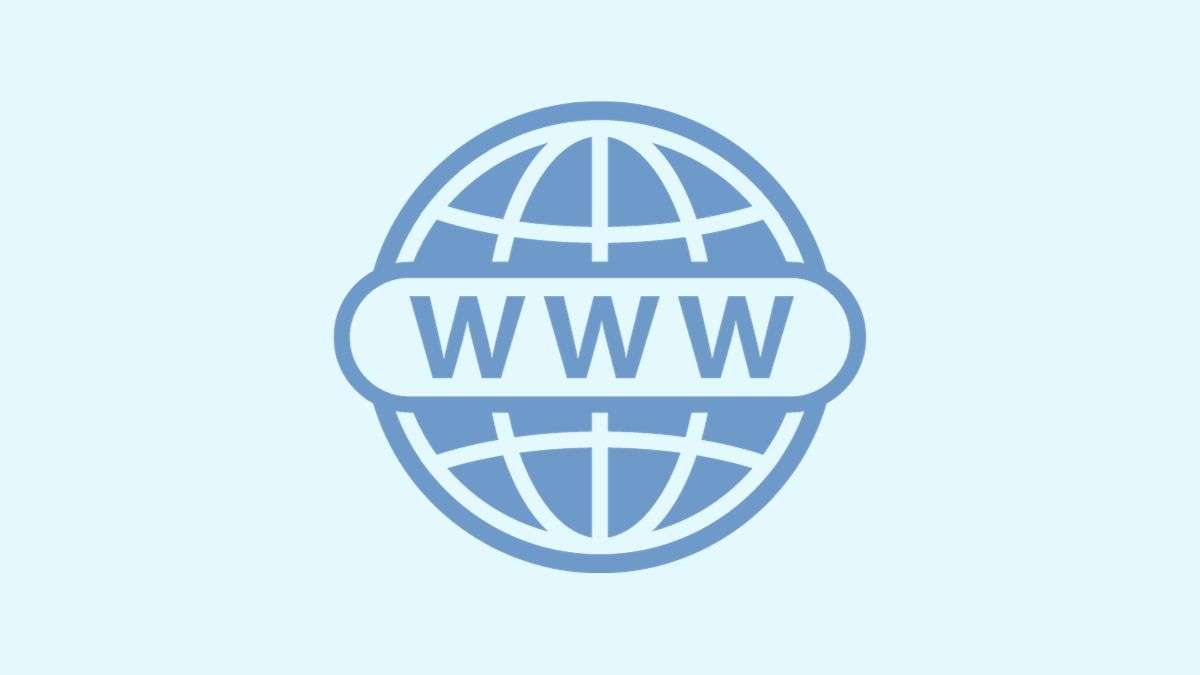Table of Contents
- The First Website: The Origin
- Unveiling of the Website
- The Motivation Behind the First Website
- Impact and Legacy of the First Website
The first website, info.cern.ch, was created by Tim Berners-Lee in 1991 at the European Organization for Nuclear Research (CERN) research center.
Though primitive in appearance, the first website introduced the concept of hyperlinks and laid the foundation for interlinked web pages. This groundbreaking innovation shaped how we navigate the Internet and access online content. That first site sparked a digital revolution – without it, our interconnected, information-rich cyber landscape would not exist.
CERN is one of the world’s largest and most respected centers for scientific research, located near Geneva on the Franco-Swiss border.
The First Website: The Origin
Frustrated by the isolated information silos, Berners-Lee, who was working as a software engineer at CERN, sought a more efficient way to manage and share information among researchers. He proposed a hypertext system to link documents across different computers connected to the nascent internet. His initial proposal was modestly titled “Information Management: A Proposal,” and set out the framework for the WWW.
This proposal led to the development of the Hypertext Markup Language (HTML), the Hypertext Transfer Protocol (HTTP), and the first web browser, which also functioned as a web editor. The simplicity and utility of Berners-Lee’s creation quickly garnered interest, and the technology was made available royalty-free, which greatly facilitated its widespread adoption and the subsequent explosive growth of the World Wide Web.
The creation of the World Wide Web by Tim Berners-Lee marked a pivotal moment in the history of the Internet.
The Internet has had a revolutionary impact on society, communication, and publishing. Before the Internet, long-distance communication was limited, and accessing information was cumbersome. The advent of the Internet-enabled instant global communication and easy access to a wealth of human knowledge. This dramatically transformed how we interact with one another and changed the way we live and work.
The Internet provided a platform for people to connect with others worldwide instantly. Email and messaging apps enabled written communication in real-time between distant locations. Video calling allowed face-to-face interaction regardless of geography. Social media facilitates community building and sharing of ideas across cultures. By connecting people and information, the Internet created a communications revolution.
Exploring the history of web publishing provides insight into how revolutionary innovations materialize from small starts. As we reflect on that inaugural site, we can begin an intriguing journey tracing the emergence of the Internet from its humble roots to the omnipresent, far-reaching network we rely on today. The tale of the web’s early days sets the stage to unravel the chronicle of the defining technology of our age.
Unveiling of the Website
In August 1991, Tim Berners-Lee launched the first website from his computer. It comprised a simple text page with a few sentences describing the World Wide Web project and giving basic web browsing instructions. The page also included clickable hyperlinks – the first ever on the web.
By today’s standards, the first website was extremely barebones. Nothing impressive. There were no images, multimedia, or styling – just plain black text on a gray background. However, it introduced key features like HTML tags and hyperlinks that hinted at the web’s future potential. The inaugural page taught users how to move between linked documents – the essence of browsing.
The inaugural website was hosted on a NeXT computer at CERN, the European Organization for Nuclear Research. It had a straightforward layout with plain black text on a white background. The only content on that page was a brief explanation of the World Wide Web project and hypertext. There were no images, multimedia, or styling – just raw text laid out in a basic format.
The Motivation Behind the First Website
Tim Berners-Lee’s motivation for creating the first website came from his desire to improve information sharing between scientists at CERN. At the time, information was held in incompatible formats across multiple computers and networks. He realized the need for a standard “information space” connecting documents globally.
The 1980s saw the rise of Internet protocols like TCP/IP, but information remained in silos. Hypertext had been conceived decades earlier but remained localized. Berners-Lee brought pre-existing technologies together and added key innovations like global URLs and HTML. His focus was on ease of information access, and he built the first website to demonstrate his vision of linked documents.
In the early 1990s, Internet technology was still in its infancy. Connection speeds were prolonged, only allowing basic text pages. Berners-Lee had to innovate within tight technical limits, using hypertext to link documents stored on connected computers. It was the world’s first browser and server rolled into one, paving the way for the interconnected web we know today.
The Internet experience back then was a far cry from what billions of users enjoy today. Instead of seamless multimedia web pages, colorful images, and video content, the first website could only handle blocks of green monospaced text on an otherwise blank page. It was a wholly functional yet underwhelming sight compared to modern web design’s rich, vibrant tapestry.
And that’s what makes the first website so astonishing – it laid the humble foundations for an incredible revolution that has utterly transformed communication, business, and culture around the world.
Impact and Legacy of the First Website
The creation of the first website by Tim Berners-Lee in 1991 set in motion a digital revolution that profoundly impacted modern culture and communication. Though rudimentary by today’s standards, with plain text on a gray background, that inaugural web page connected a server and opened the door to an interconnected online world.

It’s hard to overstate the influence the first website has had. By creating the World Wide Web and putting the first site online, Berners-Lee made it possible for anyone to publish information instantly to a global audience. This democratized access to knowledge and enabled the free spread of ideas and content.
The web has given rise to entire industries, companies, and ways of life that were unimaginable before its existence. Giants like Google, Facebook, and Amazon have built empires around online technology, services, and commerce that trace their lineage directly back to the pioneering vision behind the first website.
